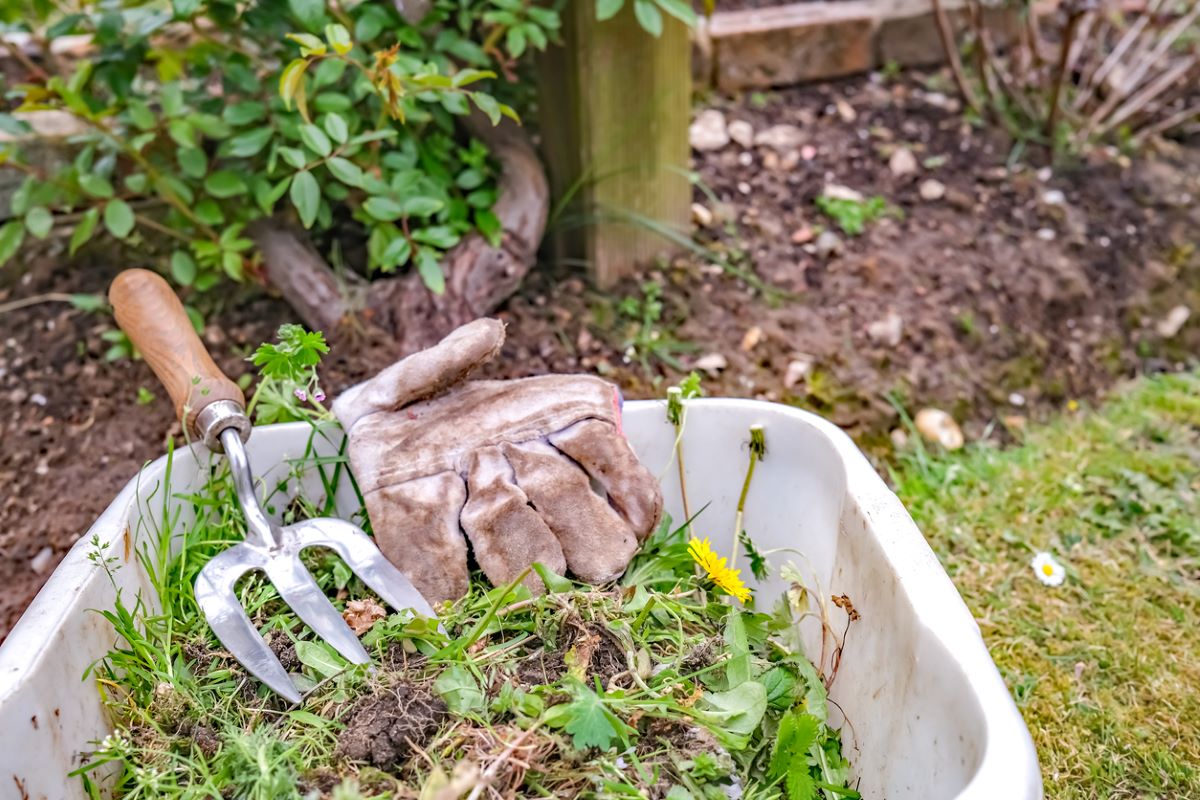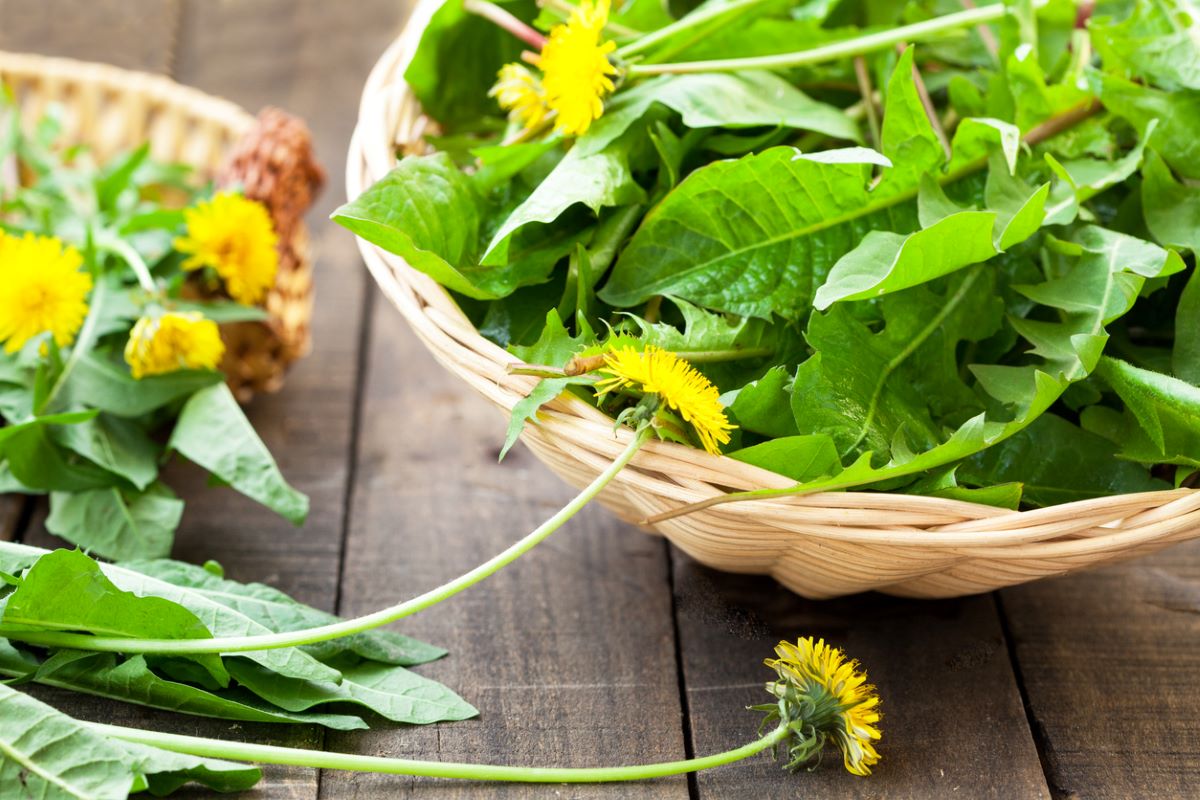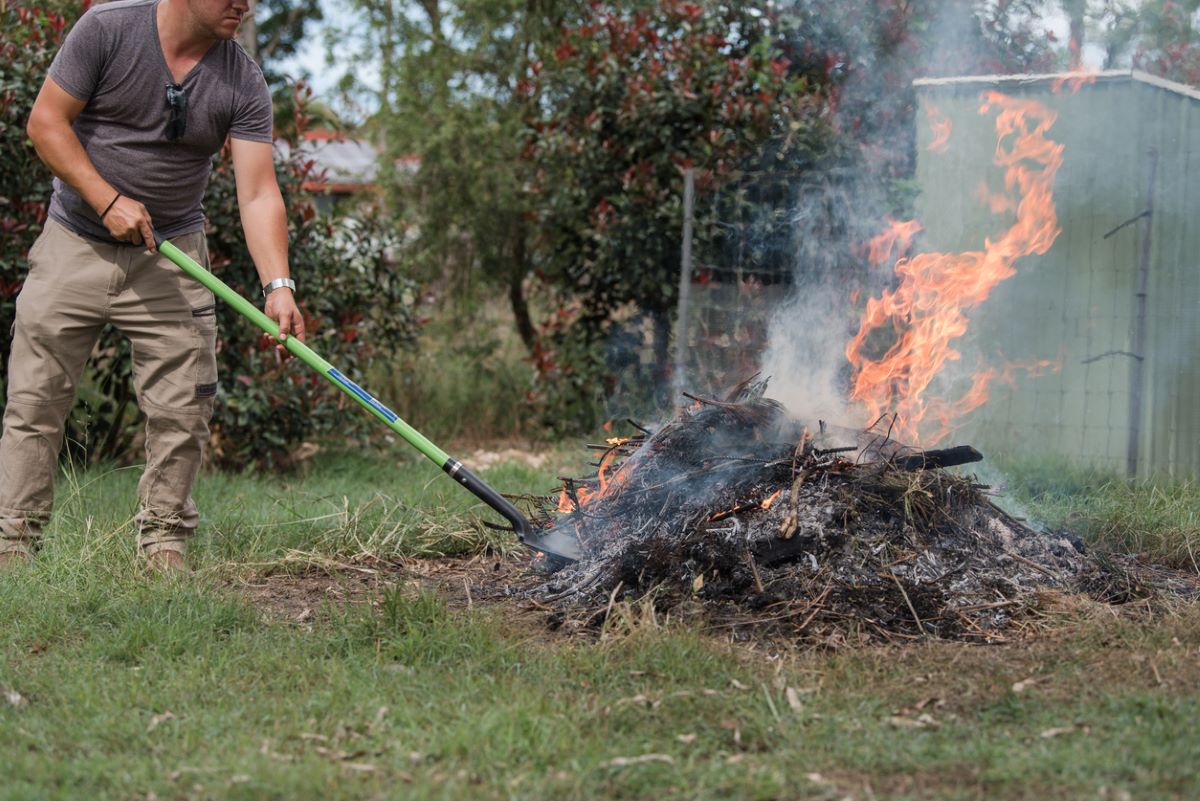

We may earn revenue from the products available on this page and participate in affiliate programs. Learn More ›
Weeds are tricky plants, aren’t they? Even when you pull them out of your lawn or garden beds by the root, they seem to find a way back. This is because many weeds are able to regrow from root, stem, and rhizome pieces. They can also develop seeds even after they’re pulled.
Knowing which weeds you’re pulling is an advantage, so you can research the best ways to prevent the growth of a particular plant. Of course, the best way to avoid this problem in the first place is to stop weeds from growing as early in the season as possible.
So you’ve gone to the trouble to pull invasive plants from your yard—now what? Here are five things to do with weeds after they’re out of the ground.
1. Throw them away.
Keeping pulled weeds on your property is a bad idea because they can still spread their seeds and regrow. It’s easy enough to stop this from happening: Simply stuff the weeds into a garbage bag and discard them with your trash. Adding a little water to this bag and leaving it in the sun solarizes the weeds, essentially turning them into slime.
When it comes to noxious weeds, trashing them is one of the best options. Certain noxious weeds, like tansy ragwort, spread seeds in the air as they burn, and seeds from weeds like scotch broom can germinate decades after they’re buried.

2. Compost them.
A rule of thumb for composting is to not put anything in your compost bin that you don’t want growing in your garden. You may think this disqualifies weeds from the compost bin, but that’s not the case.
Try to pull weeds and compost them before they go to seed; otherwise, dry out the weeds or create a hot compost pile to destroy the seeds. Your hot compost pile must reach temperatures of 130 to 140 degrees Fahrenheit for three days to effectively destroy the seeds. Another option is to boil the weeds before adding them to a compost pile.
Some municipalities have yard waste sections at transfer stations. At these facilities, plant material is professionally composted at a high temperature to kill off any seeds.
RELATED: The Best Landscape Fabrics for Weed-Free Gardening

3. Add the weeds to a salad.
There are plenty of edible weeds around us that can be used in salads, sandwiches, made into tea, and used in other culinary endeavors. It’s safe to eat weeds if you’re 100 percent sure of what they are, and you know that they are not toxic or grown in toxic conditions.
Dandelions are common in many yards. These weeds are packed with vitamins A, B, C, and D, and also potassium, iron, and zinc. According to Mount Sinai, there are several ways dandelions may benefit your health. Other edible weeds that may be growing in your garden include garlic mustard, chickweed, purslane, wood sorrel, and more.
RELATED: 11 Types of Lawn Weeds and How to Control Them
4. Create a dedicated weed pile.
Another reliable method of weed control is to make a space for them where they’re unlikely to take root. Remove any flowering or seeding tops and toss those in the trash. Place the remaining part of the weed on a tarp, a gravel area, or even hard-packed soil after they’re pulled. Cover the pile with a tarp to help the weeds dry out (or turn to mush if they’re wet), which leads to less material to have to discard, compost, or burn.

5. Burn them.
Because weed refuse can cause new invasions or reinfest the existing area, consider putting weeds into a fire pit, at a controlled burn. These brush piles need to follow local safety regulations and restrictions, which may require a burn permit in certain locales.
Weeds are often fine to burn but before you set them ablaze, make sure you know exactly which plants you’re burning. Certain invasive species, like poison ivy, poison oak, or poison sumac contain irritant oils that release fumes into the air. Burn them, and you may experience some unpleasant respiratory issues.
